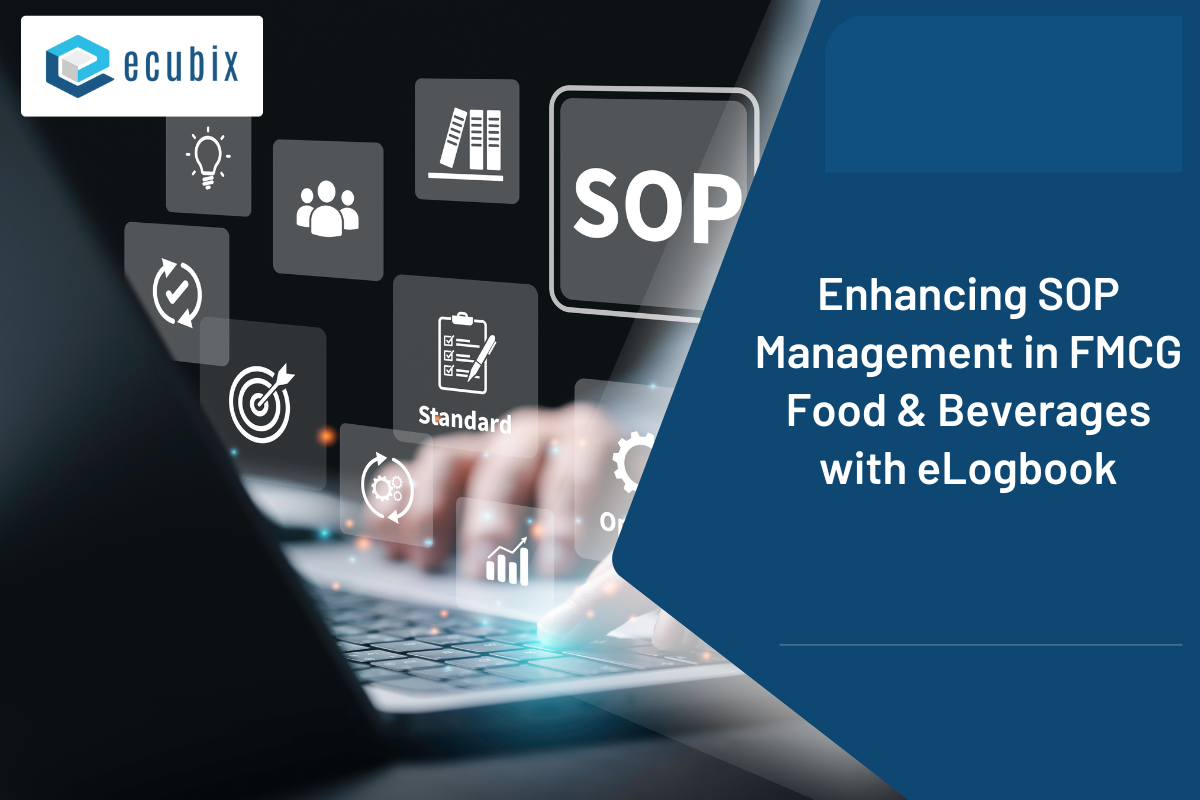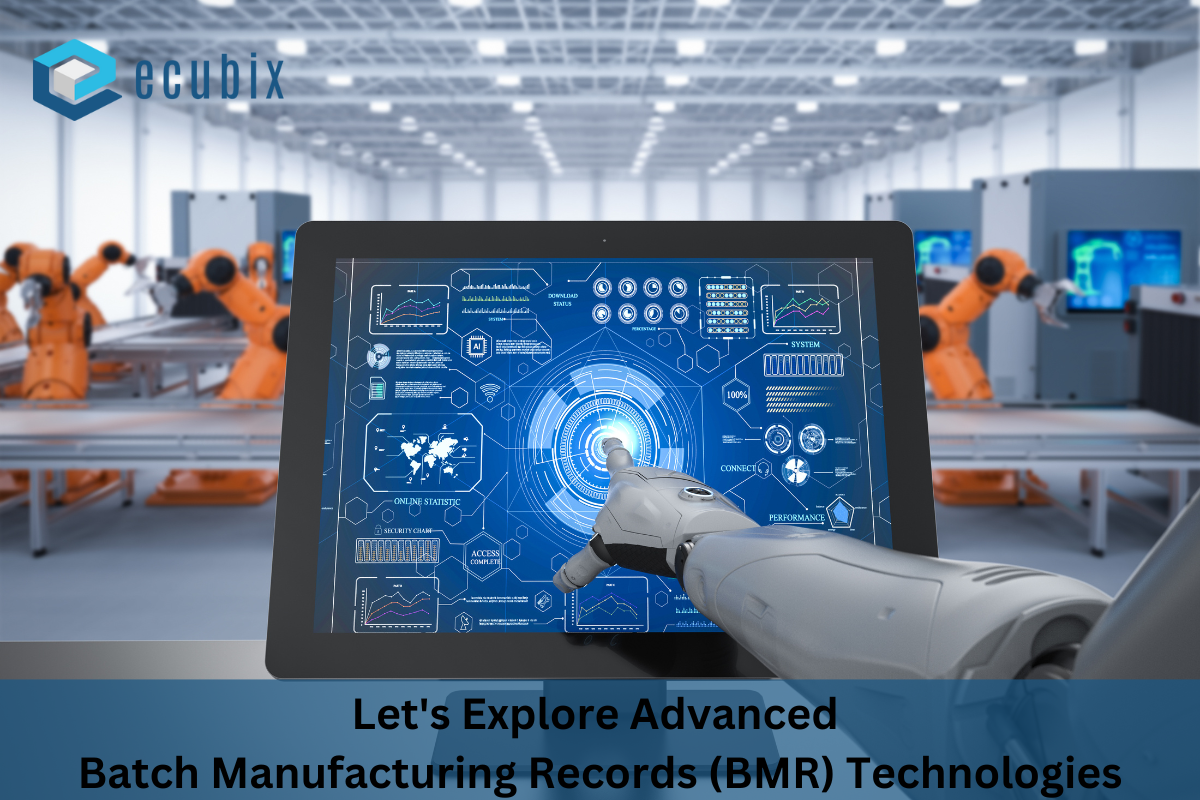
Table of Contents
Published on: April 9, 2024
Batch Manufacturing Records (BMR) has long been an integral part of the bio/pharmaceutical manufacturing process. These records provide a detailed account of the steps, materials, and conditions involved in the production of each batch of a product. Traditional BMRs have served the industry well for decades, but they come with limitations that hinder efficiency, traceability, and flexibility. As the industry moves towards digitalization and automation, new technologies are emerging to revolutionize the way batch manufacturing is documented and managed.
Pre-20th Century: The concept of documenting production processes emerged alongside large-scale manufacturing, possibly dating back hundreds of years. These were likely informal records kept by craftspeople or supervisors, focusing on maintaining consistent production methods and product quality across batches.
Early 20th Century (1900s): Formalization of BMRs: With the rise of mass production and growing concerns about product safety, the need for more standardized documentation arose. Industry standards and government regulations may have begun mandating the use of BMRs in this era.
1950s Onwards: Paper-Based Era: For most of the 20th century, BMRs remained paper-based documents. Information was recorded manually, leading to potential errors and limitations in accessibility and sharing.
2000s Onwards: Rise of Electronic BMRs (eBMRs): Advancements in technology have led to the transition towards electronic BMRs. This allows for real-time data capture, improved accuracy, and easier data sharing.
The Evolution of The Batch Manufacturing Process
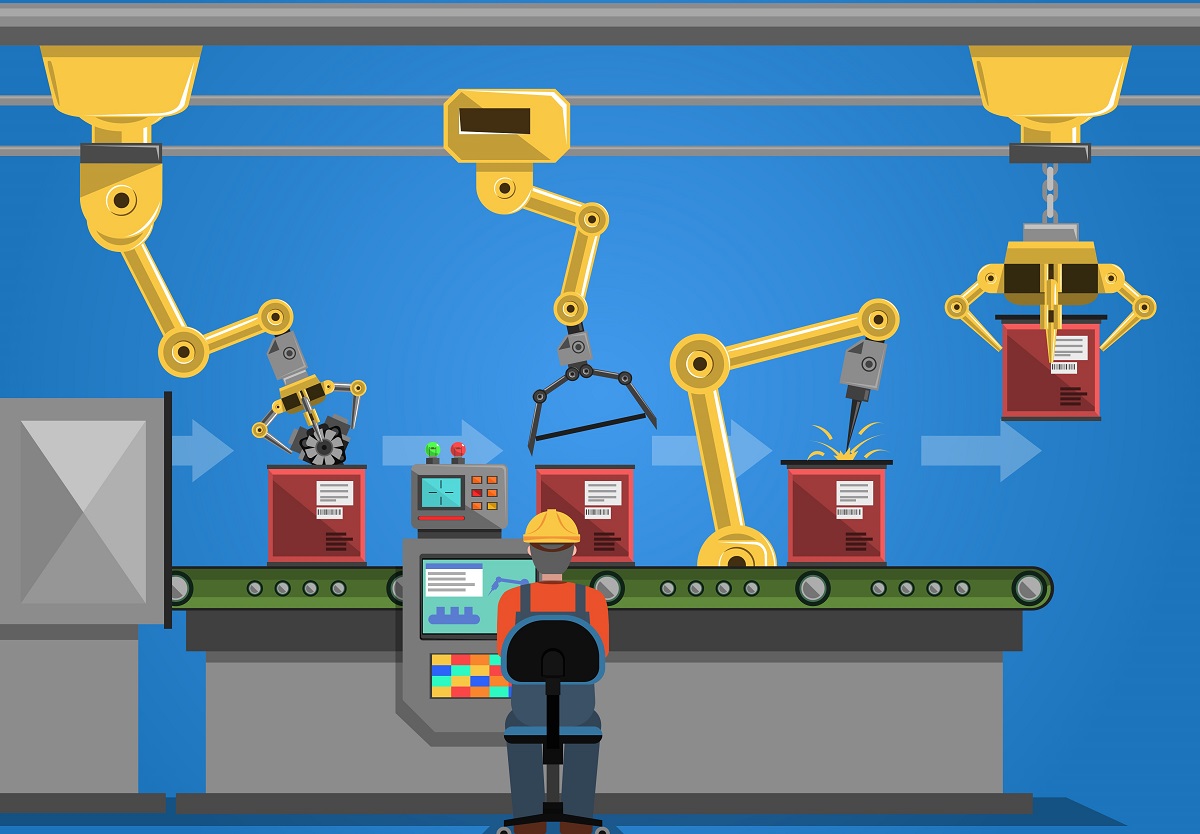
Batch manufacturing, producing goods in predetermined quantities, has a long and rich history. Here’s a simplified timeline:
Pre-Industrial Revolution (Before the 18th Century): Production happened in small workshops with skilled craftspeople using basic tools and techniques. There might have been informal records to ensure consistency.
Industrial Revolution (18th – 19th Centuries): With advancements in machinery and mass production, the need for standardized processes arose. This era saw the formalization of batch sizes and basic record-keeping practices (estimated around 1750-1850).
20th Century: The 20th century witnessed continuous efficiency improvements. Assembly lines and advancements in automation streamlined production processes (around 1900 onwards).
21st Century and Beyond: The rise of computers and digitalization has led to the adoption of electronic BMRs (eBMRs) for real-time data capture and improved accuracy (around 2000 onwards).
In recent years, the bio/pharmaceutical industry has seen a significant evolution in the batch manufacturing process.
With advancements in technology and the adoption of digital solutions, manufacturers are embracing new ways to enhance quality, efficiency, and flexibility. These advancements are reshaping the entire manufacturing landscape and paving the way for a more streamlined and automated future. Let’s get rid of your Batch Manufacturing problems Using eBMR.
The Limitations of Traditional BMR
Traditional BMRs are typically paper-based documents that capture information manually during the manufacturing process. While they have effectively ensured compliance and maintained a historical record, they are prone to human errors and limitations. Handwritten entries can be illegible or incomplete, making it difficult to accurately trace the manufacturing process or identify potential issues. Additionally, traditional BMRs are time-consuming to create and update, leading to delays and inefficiencies in production.
The Emergence of Electronic BMR (eBMR)
The emergence of electronic Batch Manufacturing records (eBMRs) has been a game-changer for the industry. With eBMR, the entire manufacturing process is digitized, eliminating the need for paper-based records. All relevant data, including process parameters, equipment used, and materials consumed, are captured electronically in a centralized system. This not only reduces the risk of errors but also enables real-time data analysis and reporting. Manufacturers can access the records from any location, making collaboration and remote monitoring easier than ever before.
Key Features of eBMR Technologies
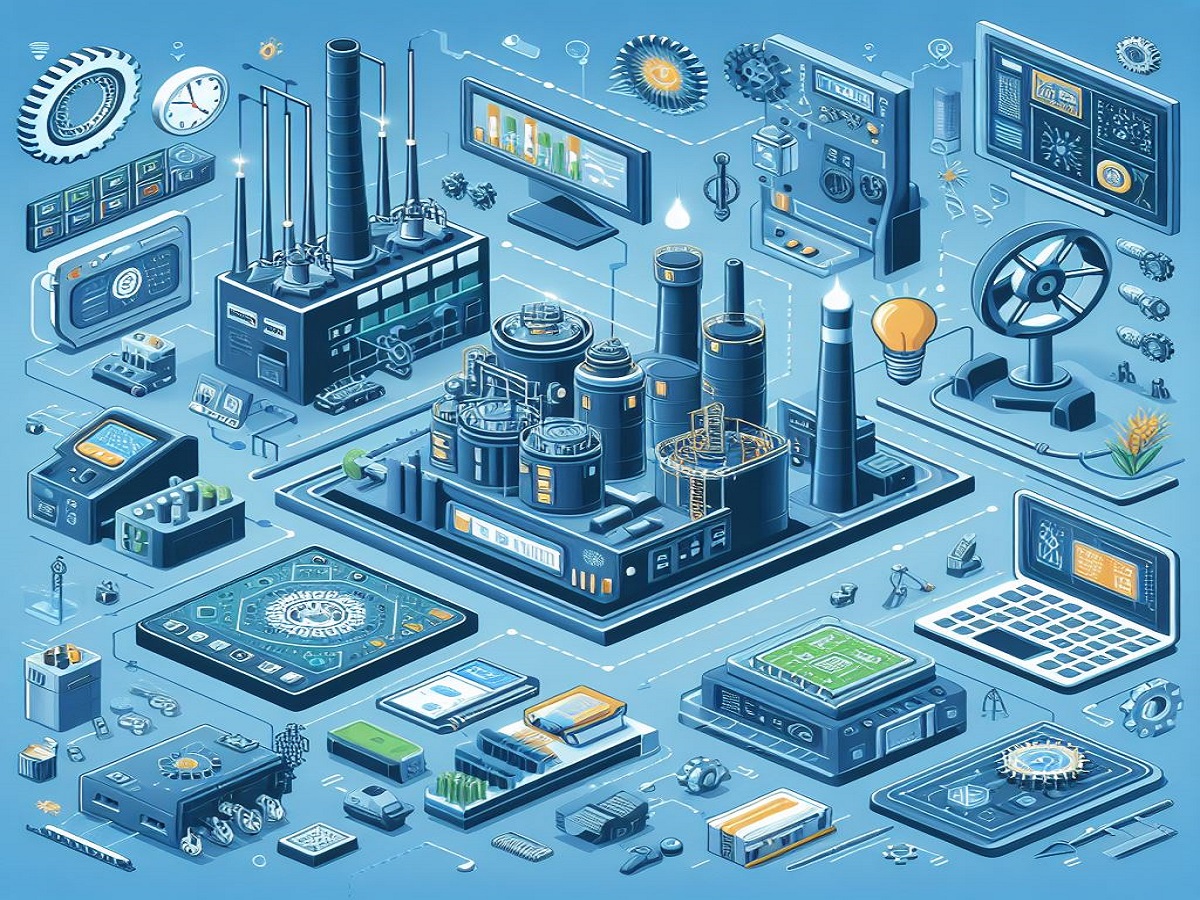
Electronic BMR technologies offer a range of key features that enhance efficiency, traceability, accessibility, and compliance. These include:
(1) Real-time data capture: eBMR systems capture data in real-time, ensuring accurate and up-to-date records of the manufacturing process.
(2) Automated data analysis: The data collected by eBMR systems can be automatically analyzed, providing insights for process optimization and quality improvement.
(3) Integration with other systems: eBMR technologies can integrate with other manufacturing systems such as Enterprise Resource Planning (ERP) and Manufacturing Execution Systems (MES), enabling seamless data exchange and improved overall efficiency.
(4) Role-based access control: eBMR systems provide role-based access control, ensuring that only authorized personnel can access and modify the records, enhancing security and compliance.
Future Trends in Batch Manufacturing Record (BMR) Technologies
The future of BMR technologies promises advancements in:
(1) Digitalization and Automation: Paper-based BMRs will become obsolete, replaced by electronic BMRs (eBMRs). These eBMRs will be integrated with manufacturing systems, automatically capturing data in real-time, eliminating manual entry errors and improving data quality and integrity.
(2) Cloud-Based BMR Management: Cloud storage will become the norm for BMRs, enabling secure access from anywhere with an internet connection. This will facilitate collaboration between teams and regulatory agencies, streamlining the approval process.
(3) Integration with Artificial Intelligence (AI) and Machine Learning (ML): Integration of AI and ML algorithms with BMRs will enable quick, detailed and insightful analysis of BMR data to identify trends and potential quality issues. This will facilitate predictive maintenance, preventing problems before they occur, and optimizing production processes for efficiency.
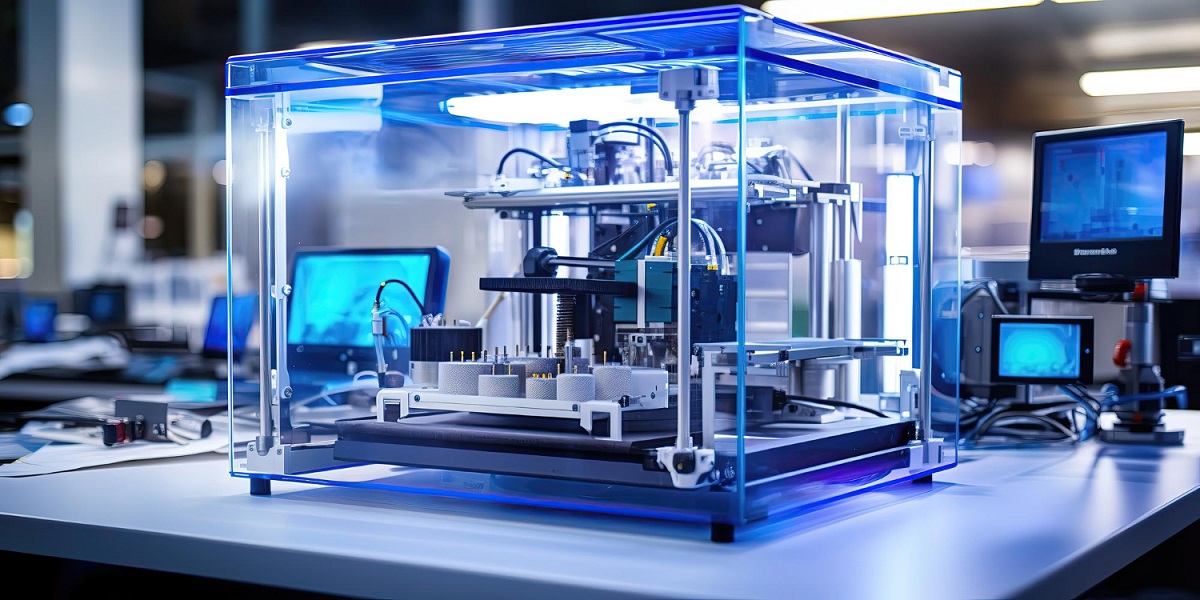
(4) Augmented Reality (AR) for Enhanced Training and Maintenance: AR overlays will be used to project BMR data and step-by-step instructions onto physical equipment, improving training effectiveness and streamlining maintenance procedures.
(5) Virtual Reality (VR) for Remote Collaboration and Process Simulation: VR simulations will enable companies to create virtual replicas of production lines, enabling remote collaboration between geographically dispersed teams. Additionally, VR will be used to simulate production processes, identify potential bottlenecks, and optimize layouts before real-world implementation.
(6) Blockchain Technology: Blockchain technology has the potential to revolutionize traceability and transparency in the supply chain, ensuring the integrity of batch manufacturing records and preventing counterfeit products.
Digitalization has enabled manufacturers to have complete visibility and traceability throughout the entire supply chain. With digital batch records, it is now possible to trace a given product back to its raw materials and review or replicate the manufacturing process as needed. This level of traceability is crucial for quality control, regulatory compliance, and product recalls. In the event of an issue or a change in regulations, manufacturers can quickly identify affected batches and take appropriate actions, minimizing the impact on patients and the business.
Are You Ready to Embrace the Future?
The evolution of batch manufacturing records technologies is transforming the bio/pharmaceutical manufacturing industry. The move towards electronic BMR systems offers numerous benefits, including improved efficiency, traceability, and compliance. As digitalization and automation continue to advance, the future of BMR technologies looks promising, with IoT, AI, blockchain, and AR/VR poised to revolutionize the way batch manufacturing is documented and managed. Embracing these technologies will help manufacturers stay ahead of the competition and ensure the production of high-quality and safe products.






